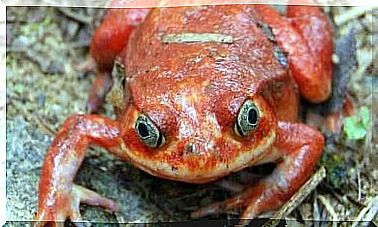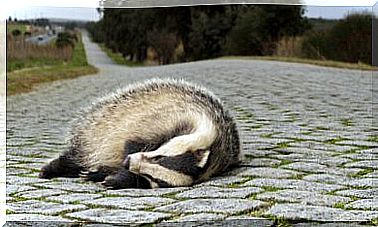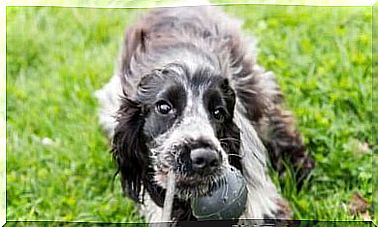Dogs Against Illegal Hunting In Africa
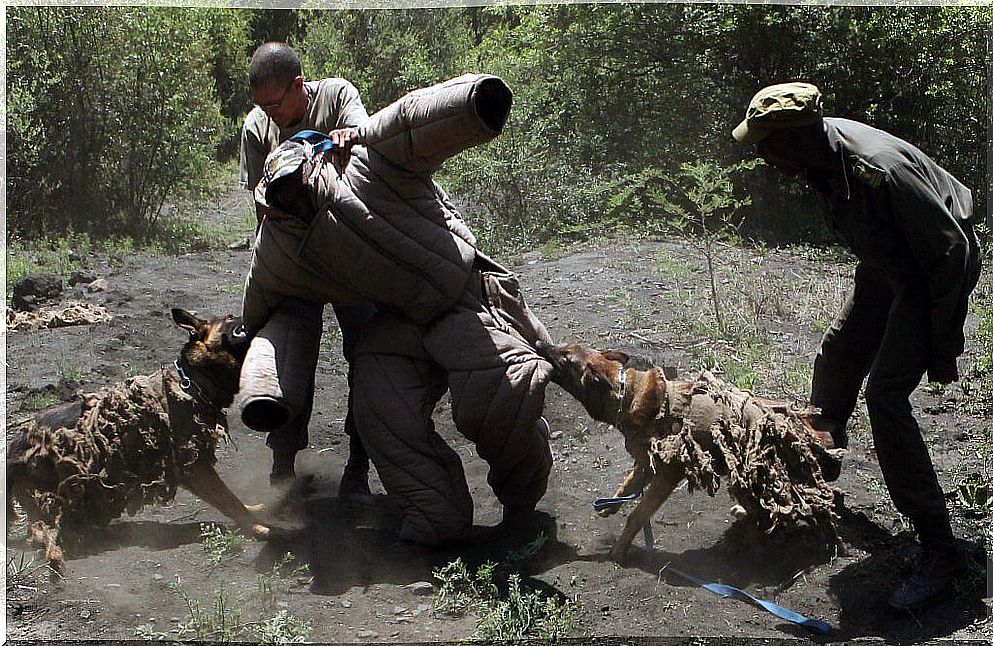
Safaris dedicated to hunting any animal are a huge problem for our planet. Due to this “sport”, many species are now on the verge of extinction. In today’s article we talk about the history of dogs that, thanks to their developed nose, fight against illegal hunting in Africa.
Illegal hunting in Africa
The authorities no longer know what to invent to eliminate the practice of hunting – now illegal – once and for all from their territory. The idea that man is the owner of the planet has gone too far. Millions of animals die every year at the hands of smuggling hunters. This happens especially in Africa, where real safaris are organized only for this purpose.
To prevent the slaughter of elephants, among other species, from getting worse, a group of Bloodhound dogs have been trained to smell the presence of poachers thanks to their powerful sense of smell.
In the Mugie reserve in Kenya, groups of people armed with carbines and rifles go into the savannah to hunt the few elephants still alive. Many of them cross the border with Somalia on foot in order to practice this horrendous practice. If we add to this the work of the traffickers, who offer fangs torn from animals for a handful of dollars, the picture of the situation can only appear alarming.
Over the past decade, the elephant population across Africa has declined by a third, mainly due to hunting. It is estimated that hunters kill around 35,000 individuals each year, in many cases just for fun. Others, to do business: the ivory obtained is sold to countries such as China, where it is considered a status symbol.
Corrupt governments, armed groups and hunters who do not obey the law form an explosive combo that is slowly exterminating African elephants. Because of them, the struggle to try to curb these millionaire activities has turned into a real war.
Dogs used to fight smuggling
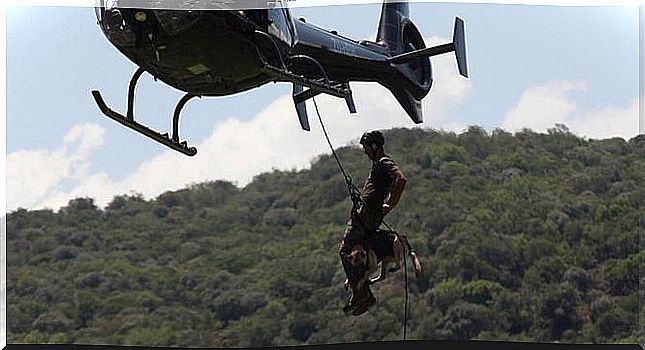
Source: elplaneta.org
Attempts to raise awareness among foreigners and residents have not had much effect. Not even to mention sanctions or even the possibility of imprisonment for a few days. Education in Aboriginal communities is one of the first steps to prevent the problem from reaching a point of no return.
Patrols have been set up to identify the movements of hunters, the routes of elephant tusks traffickers have been traced, and prohibitions and physical punishments have come about. Kenyan authorities even allow forest rangers to kill hunters found wandering the area, but we know that this is not the solution.
The forest rangers’ job is not to show animals to tourists – they are now part of organized and armed groups. New techniques are being sought to protect native species, one of which is to train Bloodhound dogs to detect smuggling hunters.
Dogs guard in Kenya
In the Mugie reserve, in central Kenya, the first dogs are already at work. With their developed sense of smell (they boast a better sense of smell than any other breed), they are experts in following tracks almost imperceptible to the human being. They have proved to be so effective that they are gradually being adopted in other areas of the continent.
The problem, however, lies in the fact that the parks in the area are so extensive that dogs often don’t have time to arrive at the crime scene . When they arrive in the area, in fact, the hunters have already had time to escape. The number of dogs to be placed in the service of forest rangers will soon be increased.
One of the most important goals reached thanks to the dogs was the capture of a series of traffickers after an escape of 50 km, found wearing various ivory tusks.
Bloodhound dogs are for the moment only a deterrent to smugglers. The results obtained thanks to their help are very positive, since those who leave with the intention of hunting animals in a park know that they will not be able to hide from their nose.
Source of images: amazonaws.com y elplaneta.org

